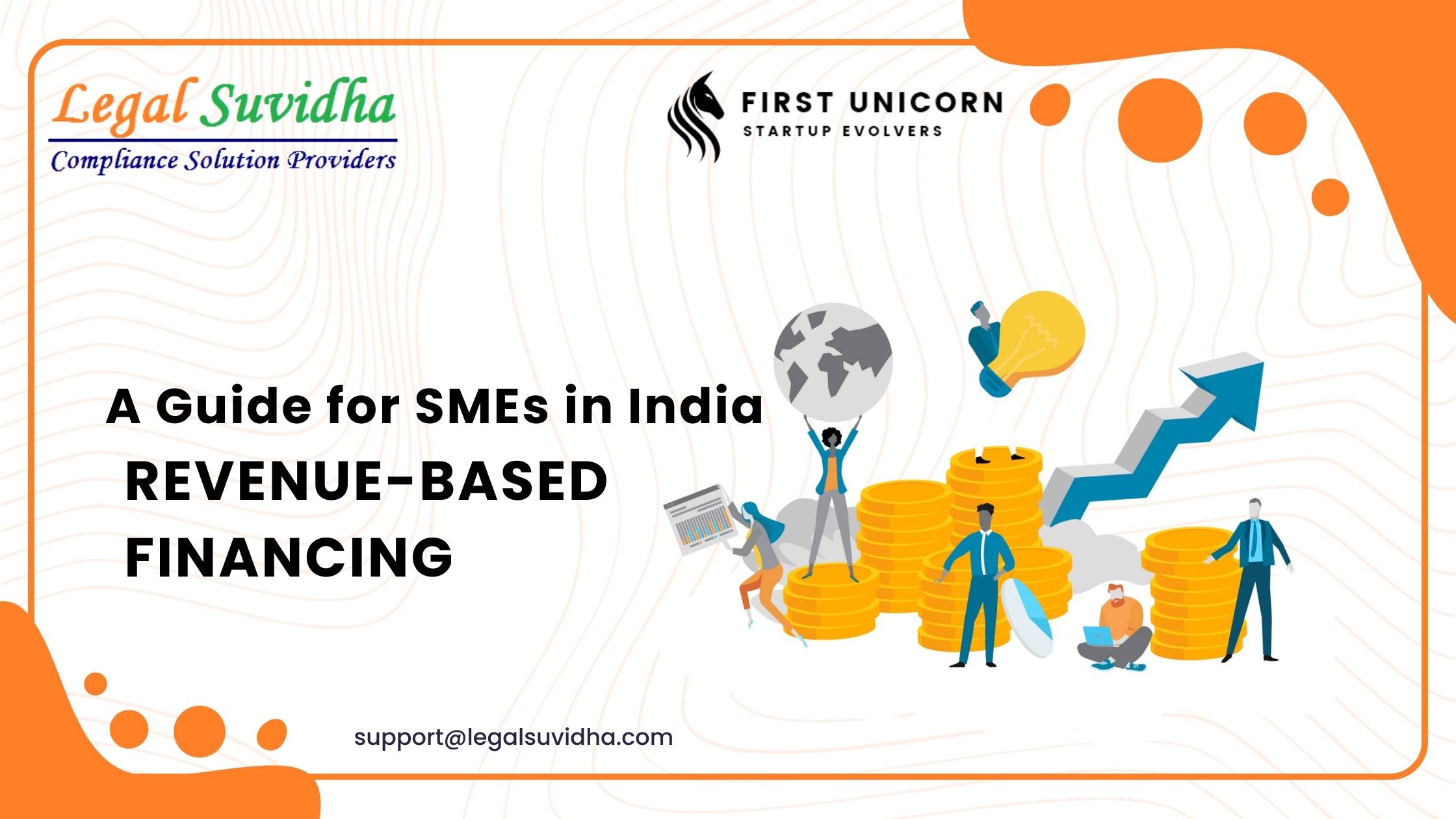Revenue-Based Financing: A Guide for SMEs in India
What is Revenue-Based Financing (RBF)?
Revenue-Based Financing (RBF) is a type of funding where businesses receive capital in exchange for a percentage of their future monthly revenue until a predetermined repayment cap is reached. Unlike traditional loans, RBF does not involve fixed EMIs or interest rates, nor does it require SMEs to give up equity.
Example: If an SME receives ₹50 lakhs through RBF, the repayment might involve paying 5%–10% of monthly revenue until ₹60 lakhs is repaid (repayment cap).
Key Terms in RBF:
- Revenue Share Percentage: The portion of monthly revenue paid to the lender.
- Repayment Cap: The total repayment amount, usually a multiple of the funding provided.
- Eligibility: Based on the SME’s revenue consistency, rather than credit score or collateral.
How Does Revenue-Based Financing Work in India?
Eligibility Requirements:
- Consistent monthly revenue streams.
- Minimum revenue threshold (varies by provider).
Application Process:
- Submit revenue reports, bank statements, and GST filings.
- Providers assess the revenue flow to determine eligibility and repayment terms.
Repayment:
- A fixed percentage of revenue is deducted monthly until the repayment cap is reached.
- No repayment during months of zero or minimal revenue.
Role of Fintech Platforms:
Indian fintech platforms like Klub and GetVantage have streamlined the RBF process, offering quick approvals and disbursals tailored for SMEs.
Benefits of Revenue-Based Financing for SMEs in India
- Flexibility in Repayment: Repayments fluctuate with revenue, reducing financial strain during low-revenue months.
- No Equity Dilution: Unlike venture capital, RBF allows SMEs to retain full ownership of their business.
- Fast Approvals: RBF applications are processed faster than traditional bank loans, often disbursing funds within days.
- Scalability: Ideal for businesses experiencing seasonal fluctuations or aiming to scale operations quickly.
- No Collateral Required: RBF providers assess revenue potential rather than requiring physical assets as security.
- Support for Diverse Industries: Sectors like e-commerce, SaaS, and retail can benefit immensely from this funding model.
Challenges of Revenue-Based Financing for Indian SMEs
- Higher Costs: RBF typically involves higher repayment caps compared to bank loans, making it costlier.
- Unsuitability for New Businesses: Startups without steady revenue streams may not qualify for RBF.
- Limited Awareness: Many Indian SMEs remain unaware of RBF and its advantages over traditional funding.
- Complex Revenue Calculations: Determining the right revenue share percentage requires careful planning.
Revenue-Based Financing vs. Traditional Business Loans
| Aspect | Revenue-Based Financing | Traditional Loans |
|---|---|---|
| Repayment | Percentage of revenue | Fixed EMIs |
| Eligibility | Revenue-based assessment | Credit score and collateral |
| Equity Ownership | No dilution | Not applicable |
| Time to Disbursement | Quick (days) | Lengthy (weeks/months) |
| Collateral | Not required | Mandatory |
| Flexibility | High | Low |
Ready to explore Revenue-Based Financing for your SME?
Contact leading RBF providers or fintech platforms in India today and unlock the potential of your business!
Looking for more insights or want to start your own startup?
Are you looking for Startup Funding/Grant/Loan for your Business, Fill the below attached form today!




















